Hepato-pancreato-biliary
E204: Stage-for-Stage Survival is Equivalent After Multiagent Neoadjuvant Therapy Compared to Upfront Surgery Followed by Multiagent Adjuvant Chemotherapy in Over 2900 Patients with Pancreatic Cancer
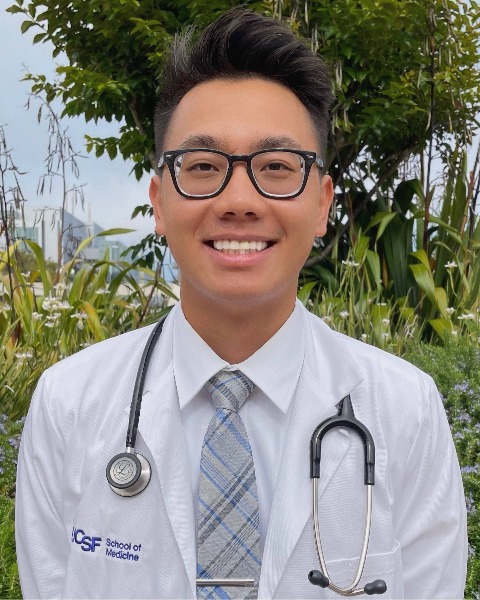
Paul Wong, BS
Medical Student
University of California, San Francisco, United States
Paul Wong, BS
Medical Student
University of California, San Francisco, United States
Paul Wong, BS
Medical Student
University of California, San Francisco, United States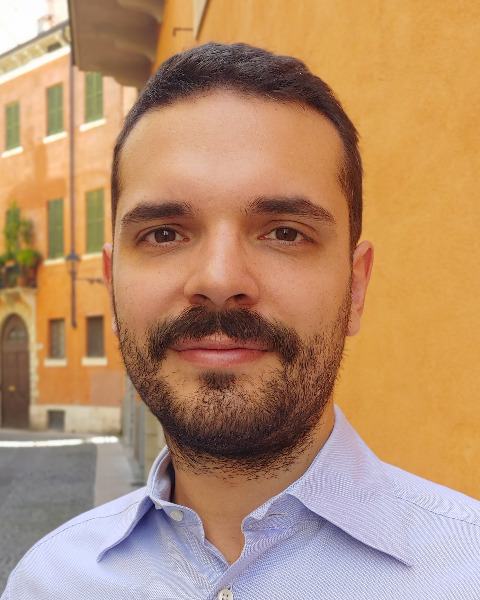
Tommaso Pollini, MD
Postdoctoral Research Fellow
University of California, San Francisco, California, United States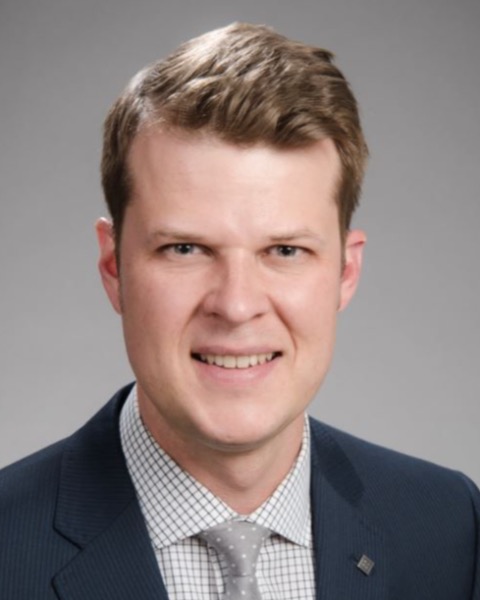
Lucas W. Thornblade, MD, MPH
Assistant Professor
University of California, San Francisco
Oakland, California, United States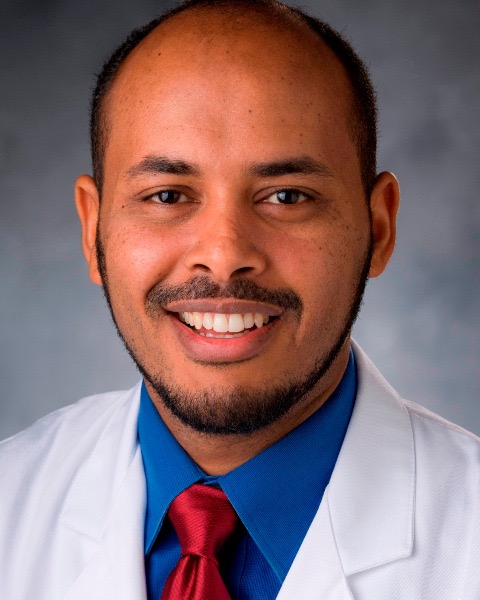
Mohamed A. Adam, MD
Assistant Professor
University of California, San Francisco, United States- AA
Adnan Alseidi, MD, EdM
Professor
University of California, San Francisco, United States 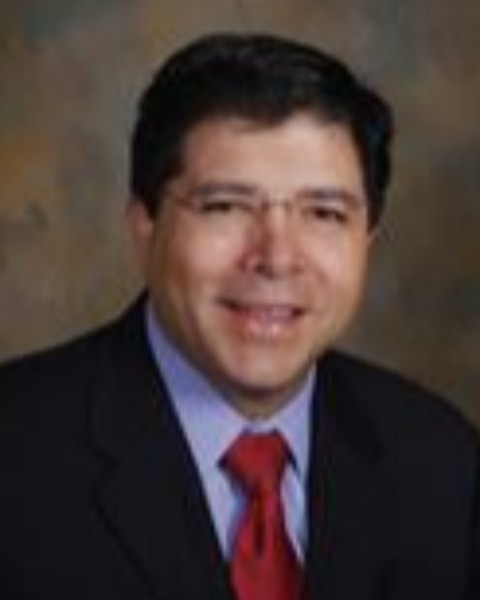
Carlos U. Corvera, MD
Professor
University of California, San Francisco
San Francisco, CA, United States- KH
Kenzo Hirose, MD
Associate Professor
University of California, San Francisco, United States - KK
Kimberly S. Kirkwood, MD
Professor
University of California, San Francisco, United States - EN
Eric K. Nakakura, MD, PhD
Professor
University of California, San Francisco
San Francisco, CA, United States 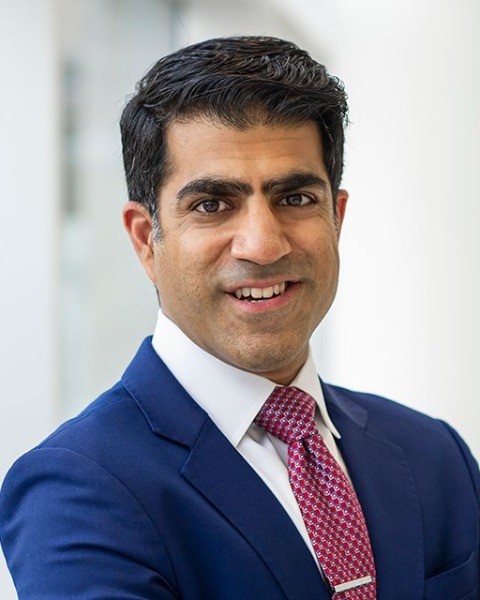
Ajay V. Maker, MD
Professor
University of California, San Francisco
San Francisco, California, United States
ePoster Abstract Author(s)
Submitter(s)
Author(s)
The optimal timing of systemic treatment for pancreatic adenocarcinoma continues to be debated. In the current post-PRODIGE era, the role of multiagent neoadjuvant chemotherapy compared to upfront surgery followed by adjuvant chemotherapy is still awaiting phase 3 evaluation with stage-by-stage comparison. In this study, we compare the efficacy of perioperative multiagent neoadjuvant and adjuvant chemotherapy (NAC+AC) to a surgery-first approach followed by adjuvant chemotherapy (AC) stratified by post-neoadjuvant (ypTNM) and traditional pTNM pathologic staging.
Methods:
The National Cancer Database (2018-2019) was used to identify all patients that underwent resection for pancreatic ductal adenocarcinoma (PDAC). Patients were included if they received either multiagent neoadjuvant and adjuvant chemotherapy or upfront surgery with adjuvant chemotherapy and were matched stage-for-stage (ypTNM vs. pTNM). Patients with pathological stage 0 or IV disease, those that died within 90 days of their operation, or were missing pathologic post-treatment/traditional TNM staging, were excluded.
Results:
Of 2,916 patients, 74% received upfront surgical resection with AC, and 26% received multiagent NAC+ AC. In both NAC+AC and AC groups, patients were most frequently stage 2B, however, there was a difference in the distribution at resection with higher rates of stage 1A in the ypTNM group and stages 2A and 3 in the pTNM group (ypTNM 1A: 18.4%, 1B: 17.6%, 2A: 3.8%, 2B: 39.6%, 3: 20.6% vs. pTNM 1A: 5.3%, 1B: 15.7%, 2A: 6.0%, 2B: 41.4%, 3: 31.5%, p< 0.001). Patients that were younger, had tumor size < 4cm located at pancreatic head, extensive ( >15 nodes) lymphadenectomy, and negative node status were more likely to have received NAC+AC (all p< 0.05). For the entire cohort, the median overall survival was 32.4 months (NAC+AC: 32.2 months, AC: 32.7 months, p=0.032). When comparing NAC+AC versus AC alone with stage-by-stage stratification, there was no difference in overall survival (p >0.05) (Figure 1).
Conclusions:
In a real-world setting of thousands of US patients resected for PDAC in a single-year, survival is not associated with receipt of multiagent NAC+AC compared to upfront surgery followed by multiagent AC when resected pancreatic tumors are matched by final pathologic TNM stage.
Learning Objectives:
- Upon completion, participant will be able to describe the survival comparisons between neoadjuvant + adjuvant multiagent chemotherapy and upfront resection with adjuvant chemotherapy.
- Upon completion, participant will be able to list which factors are associated with neoadjuvant chemotherapy receipt.
- Upon completion, participant will be able to describe the stage-for-stage comparison between neoadjuvant + adjuvant multiagent chemotherapy and upfront resection with adjuvant chemotherapy.
